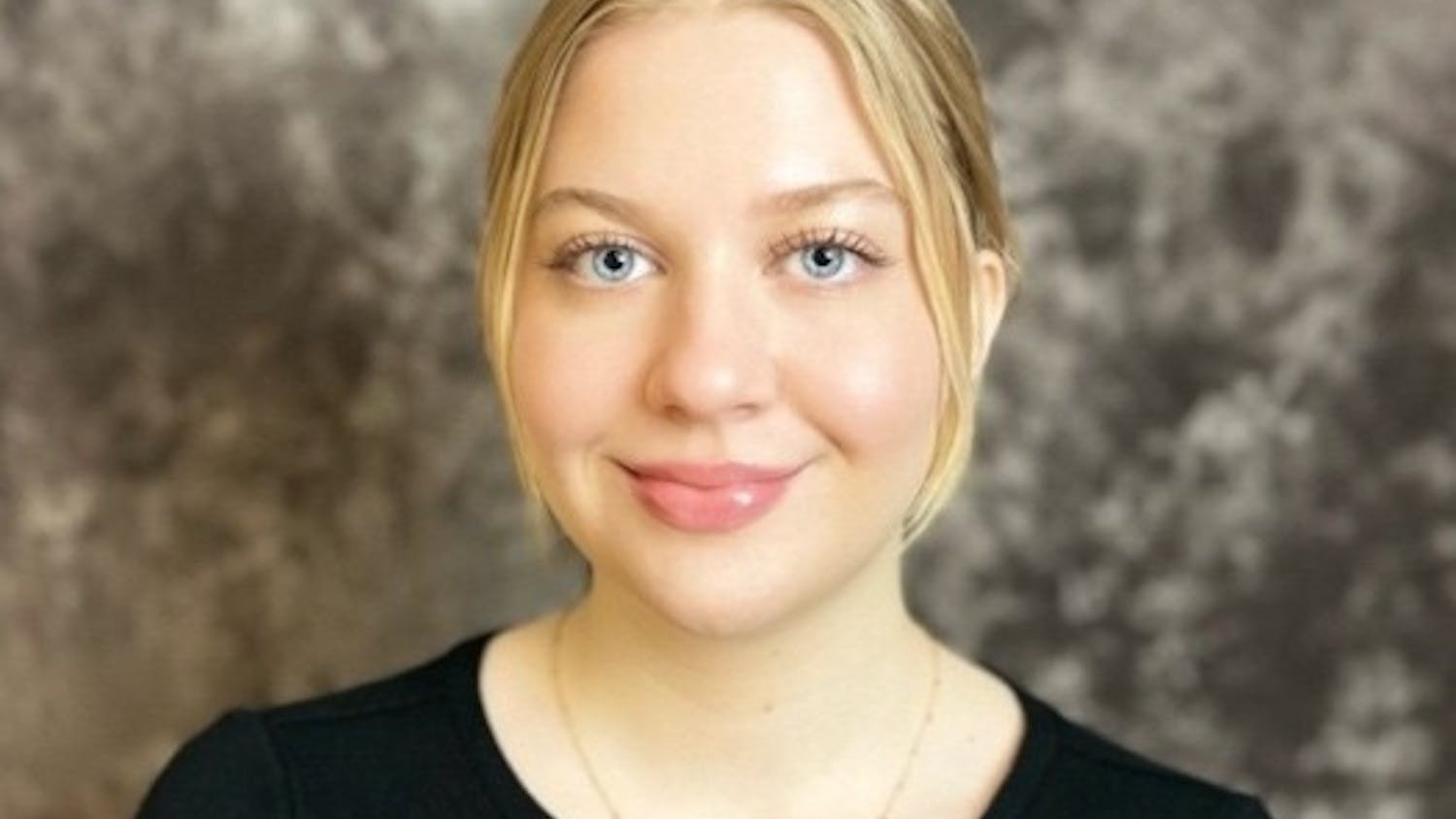As Buffalo continues to be pummeled by snow and sub-zero temperatures, UB students’ trek to campus has arguably surpassed mere inconvenience as they drive on icy roads and trudge along in wind chills far below zero to get to class.
But at least UB students have somewhere to go.
The homeless population of Buffalo remains outside, even as temperatures break cold weather records that residents would rather see left alone.
Newcomers to Buffalo are typically quick to pick up on the winter weather uniform necessary to stay safe in the cold – heavy coats and as many accessories as possible.
Because when the temperature drops below zero, wearing enough layers and exposing almost no skin makes it possible to almost feel warm.
But the homeless of Buffalo often make do with just a jacket.
This was the case for Ronald Hunter Jr., who was homeless, mentally ill and just 21 years old when he died of hypothermia on Bailey Avenue on Jan. 8.
Hunter, who weighed only 150 pounds at 6 feet 3 inches, didn’t have much more than skin on his bones when he died – especially because, disoriented by hypothermia, he had removed his jacket and tried to take off his shirt.
The night of Hunter’s death, wind chill took the temperature 20 degrees below zero, and Hunter had nowhere safe to go and nothing warm to wear.
Hunter’s death illustrates the challenging task workers and volunteers face trying to prevent such tragedies.
Buffalo is not ignoring the plight of the homeless population during winter – the city’s programs have systems in place to try to protect the homeless during cold weather.
When temperatures drop below 15 degrees, a Code Blue is declared and volunteers mobilize to bring the homeless into shelters for the night.
But some individuals can’t be swayed and remain outside, wracked by mental illness or disoriented by the cold, and convinced that the sidewalk is preferable to a shelter.
Facilities like Harbor House and the Buffalo City Mission do an admirable job of protecting the vulnerable populations in Buffalo. But clearly, traditional shelters aren’t always sufficient.
But alternatives do exist – like the new Hope Gardens complex on the East Side.
The shelter for chronically homeless women, which features a garden for therapeutic activities and allows women to sleep outside if they feel trapped indoors, considers the long-term traumas that the homeless lifestyle can cause.
Programs that offer creative solutions and attempt to empathize with homeless individuals can go a long way in encouraging the homeless to trust those who want to help them.
Unfortunately, these sorts of shelters are also incredibly – almost prohibitively – expensive. Hope Gardens, which offers only 20 apartments, cost nearly $6 million to construct.
At such a high cost, it’s unlikely such shelters could become widespread in Buffalo. But the ideas the complex promotes – considering the homeless lifestyle and allowing behaviors that may not seem “normal” to the non-homeless – are free to consider and important to implement.
email: editorial@ubspectrum.com




